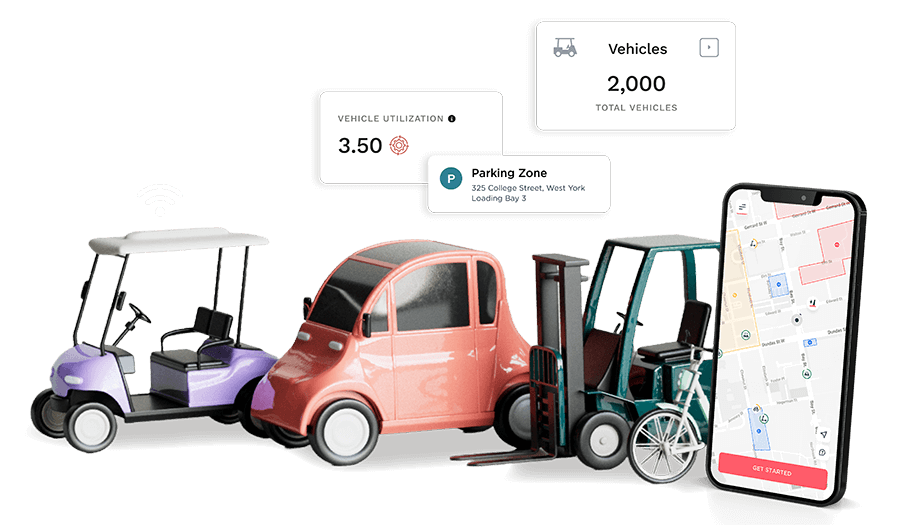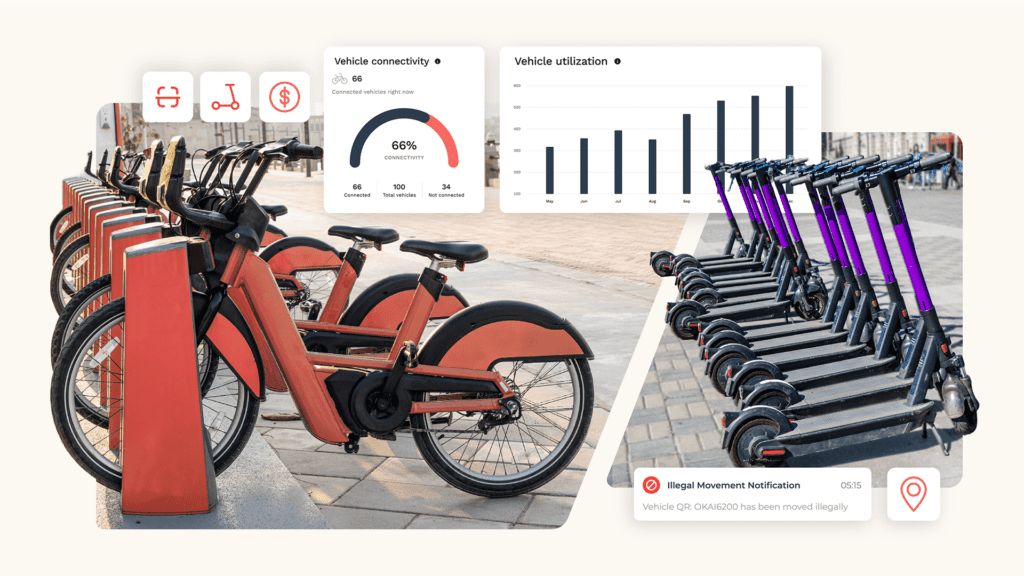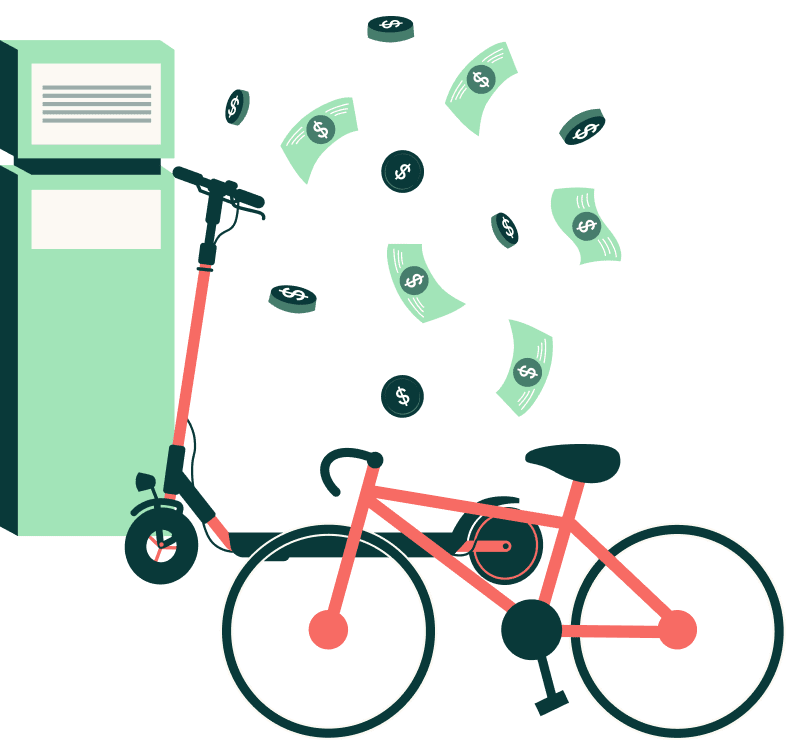Like virtually every industry under the sun, the micromobility sector has experienced many ups and downs in 2020. After precipitating major drops in shared mobility usage across most markets this spring, the COVID-19 crisis has now ushered in a global renaissance in shared e-scooter usage as well as soaring e-bike sales (up 85% in the U.S. so far this year).
If there’s any indication of the long-term viability of the shared mobility market, look no further than New York. Last month, after announcing plans for a 425-mile Five Borough Bikeway, New York officially voted to permit a two-year electric scooter pilot program that’s set to kick off in March 2021 (excluding Manhattan). On the heels of the UK’s recently launched e-scooter program—which has 19 companies currently seeking permits—New York could be a potentially lucrative market for an industry that’s bouncing back stronger than ever.
The battleground will be in the boroughs, and it will (and should) be between a cross-section of scooter-share operators both big and small. With Manhattan out of the equation for now, RFPs for shared services will be invited by October 15th for Brooklyn, the Bronx, Queens and Staten Island. Based on six years of witnessing and enabling scooter-share program launches worldwide, it’s clear there are five major factors that will dictate a successful outcome for the two-year program.
Safe ridership is the easiest route to mass adoption
Although New York’s pilot program isn’t taking place in Manhattan—where subway ridership is down by nearly 75%—it’s clear there is a significant need for people in surrounding areas to have safe ways to commute either in lieu of or in tandem with public transportation. Safe ridership goes beyond wiping down handlebars and keeping distance between riders. It also involves proper infrastructure. In making scooters legal, the boroughs will have to commit more funding to support the launch of dedicated parking areas, whether in the form of physical docking stations or designated street furniture. If the program is truly dockless, there needs to be segmented parking for micromobilty vehicles. That hasn’t been fully specified yet, but we do know that hundreds of miles of bike/scooter lanes will be opening up in the New York area, which will undoubtedly ensure rider safety from a collision standpoint.
Competition is key
New York should carefully consider the number of permits it issues and not limit operations to only well-known companies. From both a consumer and strategy perspective, priority should equally be given to local operators committed to running profitable businesses and not just to those with a history of abandoning markets as soon as dips in usage appear. More often than not, small-scale local operators put the needs of the community first and before their shareholders. (For more about how scooter-share startups are outmaneuvering industry giants when it comes to profits and long-term growth, watch this.) A competitive landscape breeds innovation. Chicago, for example, issued 10 permits during last year’s trial period, which gave consumers the ability to choose from a range of companies that had varying hardware and software offerings. Variety can come in the form of two-wheeled scooters vs. three wheels, or sophisticated user app software that gives riders access to perks like discounts from local businesses and alerts about nearby events. The state should also consider which vying companies have proper data-sharing software in place in order to deliver important city insights in a safe and compliant way.
Pay attention to density
New York is a huge market. The state should put the correct volume of vehicles on the roads at the start of the program, rather than take a wait-and-see approach to ridership adoption. Capacity should be lenient to allow for a large number of scooters. Capping the pilot at 1,000 scooters, for example, will limit access and in turn will deter usage. Using Paris as an example, the city has approximately 5,000 to 8,000 scooters on its streets (as of October 2019). It’s worth noting that since lockdowns have lifted in the French capital, a number of scooter-shares have seen profits return to pre-coronavirus levels, and a higher percentage of rides are now ending in official parking zones (97%), compared to 83% in February.
Equitable mobility has to count
With so many equitable mobility advocacy groups and resources at our disposal, the ability for mircomobilty to actually lift access barriers in underserved communities is within reach. There are both national and local groups that work closely with operators, municipalities and riders themselves to promote equity in transportation—use their expertise. Under New York’s pilot program provisions, areas that don’t currently have access to existing bike-share systems will be given priority in determining boundaries. Many low-income areas lack access to public transit or the vehicles needed to reach transit systems. Operators should offer discounts and/or alternative payment options that involve credits tied to public transit. Increasing availability in these areas is not just socially responsible, it’s economical, too. A recent San Francisco study found that idling time between dockless e-bike rides was shorter in low-income and minority communities compared to docked models. Meaning widespread access to shared mobility vehicles in these neighborhoods will arguably result in more frequent trips among users.
NY, now’s the time for long-term scooter rentals
If the coronavirus crisis is showing us anything, it’s that long-term usage of scooters and bikes is only going to rise. People want alternative ways to get to work, and with miles and miles of bike lanes popping up globally (more than 930 miles of new bike lanes have been created in Europe alone), cities are making it as alluring as ever to hop on these vehicles. So taking them home should be just as feasible, too. While personal ownership of scooters isn’t legal yet in New York, the state should consider how effective it would be for food-delivery riders and other entrepreneurs to keep vehicles for extended periods. This in turn will breed more opportunities in the sector, and will put more money in the pockets of operators.
With mammoth markets like the UK and New York already giving the green light to shared e-scooter programs this year, expect plenty more cities and countries to follow. New York will have two years to demonstrate how a pilot program can be done right. If you’re a scooter-share operator or entrepreneur interested in gaining a permit in New York, or learning more about how to launch a scooter-share system in any new region, Joyride’s one-stop platform is here to support that next big move. Get in touch with us today here.







